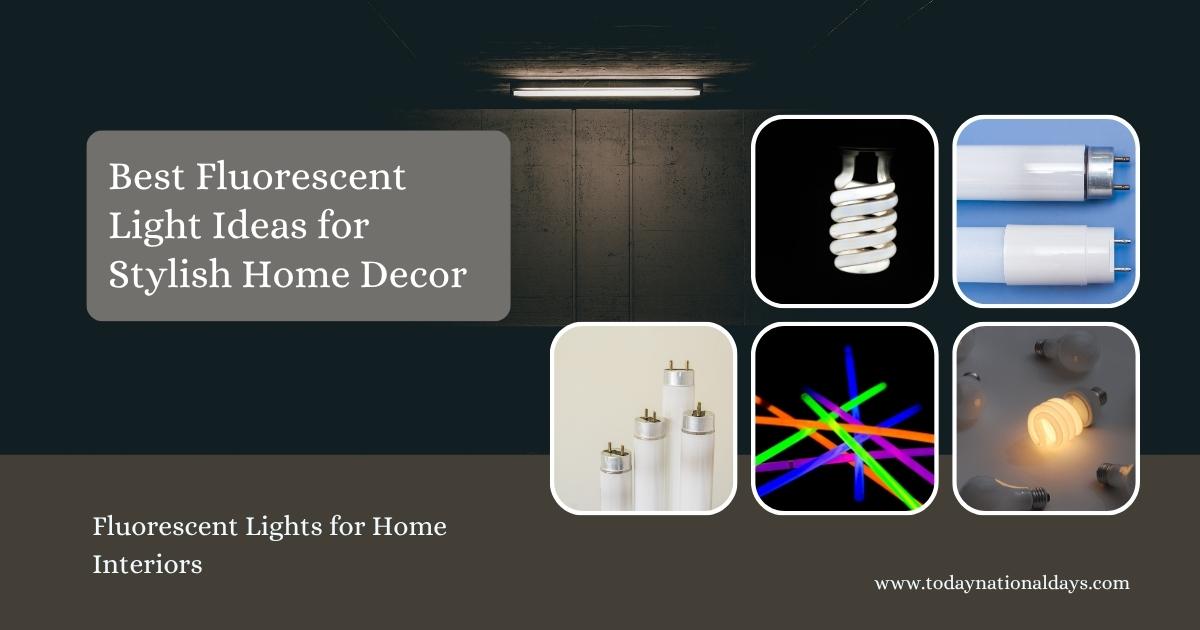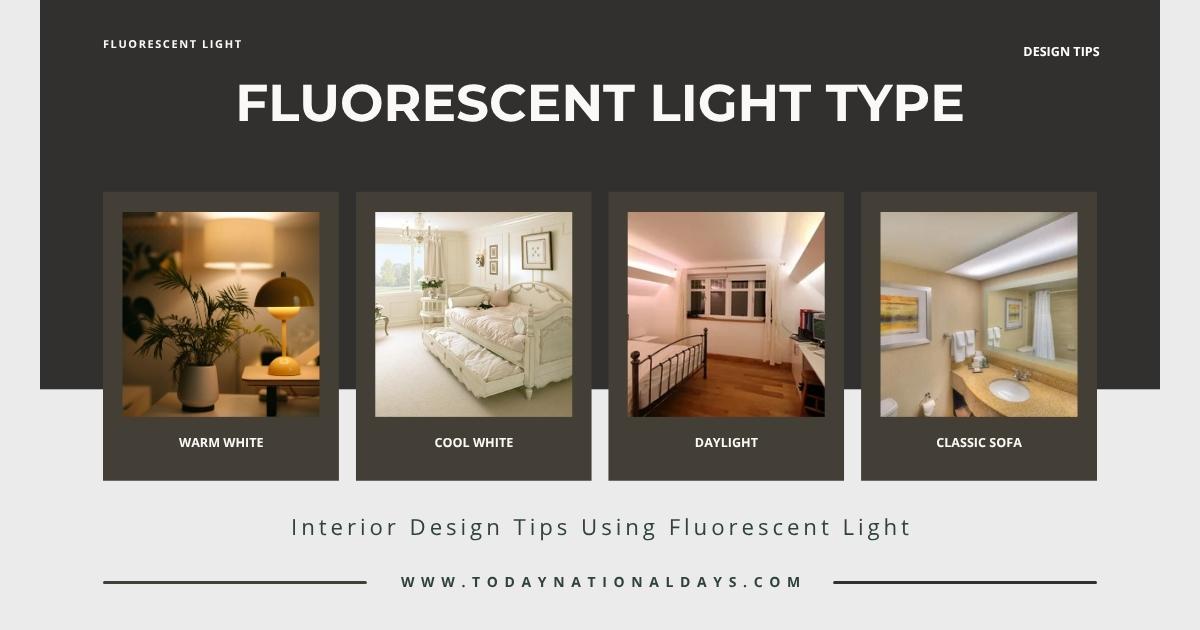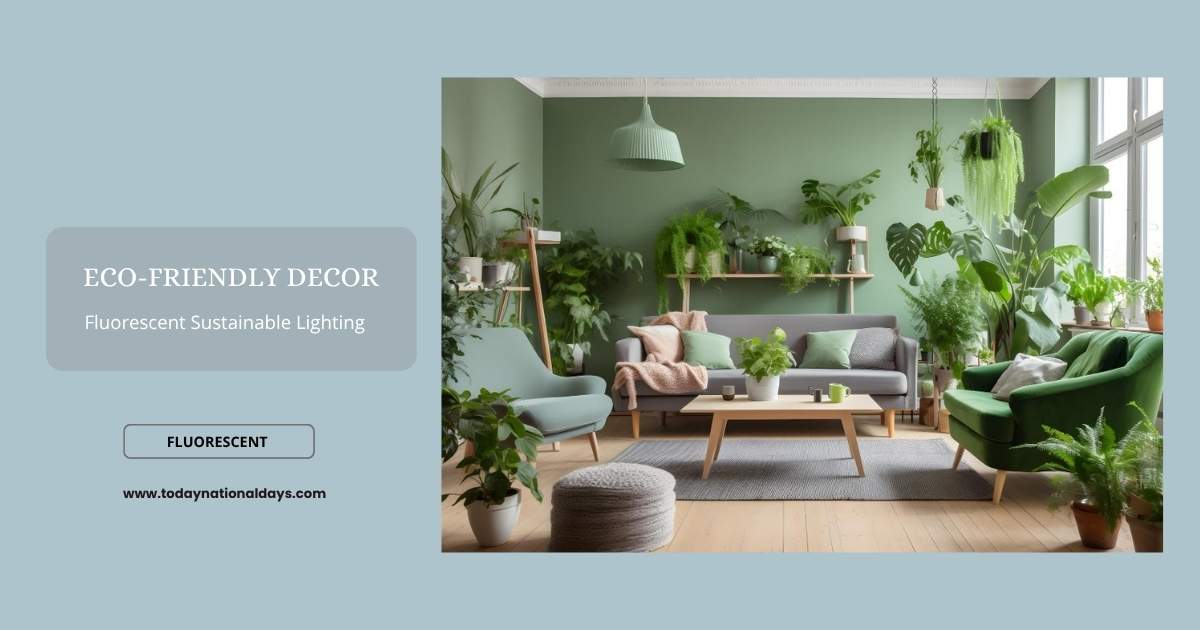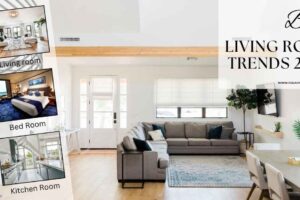
Fluorescent light is one of the most practical yet overlooked lighting solutions in home decor. Not only is it energy-efficient and budget-friendly, but it also adds a modern, clean look to interiors. Today, homeowners and designers alike are embracing fluorescent lighting for its versatility, sustainability, and aesthetic potential.
In Canada, the push for greener living has made fluorescent lighting a popular choice in both new builds and renovations, helping reduce energy consumption while enhancing the ambiance of living spaces. Its ability to provide bright, even illumination makes it ideal for kitchens, home offices, and utility areas, where clear visibility is essential. With advances in design, fluorescent fixtures now come in a variety of styles, proving that practical doesn’t have to mean boring.
What is Fluorescent Lighting?
Basic Definition
Fluorescent lighting is a type of gas-discharge light that uses electricity to excite mercury vapor. The reaction produces short-wave ultraviolet light that then causes a phosphor coating to glow—producing visible light.
How It Works
When electric current flows through the lamp:
- It energizes mercury vapor.
- The UV light interacts with the phosphor coating.
- Bright, diffused light is emitted.
History and Evolution of Fluorescent Light
- Introduced in the early 1900s.
- Became widely used in the 1940s in commercial and industrial spaces.
- Now refined for residential, aesthetic, and decorative purposes.
Why Choose Fluorescent Lights for Home Interiors?
Energy Efficiency
- Uses 60–80% less energy than incandescent bulbs.
- Reduces your carbon footprint.
Cost-Effectiveness
- Longer lifespan = fewer replacements.
- Lower utility bills.
Long Lifespan
- Average lifespan: 7,000 to 15,000 hours.
Eco-Friendly Impact
- Reduced greenhouse emissions.
- Lower waste compared to traditional bulbs.
Best Types of Fluorescent Lights for Interior Design
T5, T8, and T12 Tubes
- T5: Sleek, compact, high-lumen output.
- T8: Balanced efficiency and cost.
- T12: Older but still functional.
Compact Fluorescent Lamps (CFLs)
- Great for table lamps and ceiling fixtures.
- Screw-in design, fits standard sockets.
Full Spectrum Fluorescent Bulbs
- Mimic natural daylight.
- Ideal for reading corners, art studios, or home offices.
Fluorescent Lighting Ideas for Every Room
Living Room
- Cove lighting with T5 tubes.
- Floor lamps with CFLs for reading ambiance.
Bedroom
- Soft white fluorescents for calming mood.
- Wall-mounted fixtures for symmetry.
Kitchen
- Under-cabinet lighting.
- Bright full-spectrum tubes for task zones.
Bathroom
- Vanity lights with soft tone.
- Ceiling-mounted fluorescent panels.
Home Office
- Desk-mounted CFLs.
- Overhead bright daylight tubes.
How to Mix Fluorescent Lights with Other Lighting Styles
Layered Lighting Techniques
Combine:
- Ambient (fluorescent tubes)
- Task (desk CFLs)
- Accent (LED spots or strips)
Accent Lighting with Fluorescents
- Use colored tubes behind panels.
- Light up artwork or mirrors for dramatic effect.
Interior Design Tips Using Fluorescent Light

Color Temperature Matters
| Temperature (Kelvin) | Light Type | Best For |
|---|---|---|
| 2700K–3000K | Warm White | Living rooms, bedrooms |
| 4000K–5000K | Cool White/Neutral | Kitchens, bathrooms |
| 5000K–6500K | Daylight | Offices, garages |
Placement Techniques
- Place tubes along edges for bounce lighting.
- Use vertical tubes in tight corners.
Pairing with Decor Elements
- Match light warmth with furniture tone.
- Use fixtures that blend with color palettes.
Fluorescent Light vs LED Light – Which is Better for Home?
A Comparison Table
| Feature | Fluorescent Light | LED Light |
|---|---|---|
| Energy Efficiency | High | Very High |
| Lifespan (hours) | 7,000–15,000 | 25,000–50,000 |
| Heat Emission | Moderate | Very Low |
| Initial Cost | Lower | Higher |
| Color Options | Limited | Wide Range |
| Environmental Impact | Contains mercury | Mercury-free |
Expert Recommendation
Use fluorescent light for utility spaces and large ambient zones, while combining LEDs for decorative and targeted lighting.
Maintenance Tips for Fluorescent Lighting
Cleaning and Safety
- Turn off power before cleaning.
- Wipe tubes with dry microfiber cloth.
Replacement Guide
- Replace when flickering or darkened ends appear.
- Always dispose of broken tubes responsibly (hazardous waste guidelines).
Sustainable Lighting and Eco-Friendly Decor

Benefits of Going Green
- Reduces electricity use.
- Promotes conscious living.
How Fluorescent Lights Help Reduce Carbon Footprint
- Less energy = fewer emissions.
- Longer lifespan means fewer bulbs in landfills.
Common Myths About Fluorescent Lights
Debunking Misconceptions
-
Myth: They always flicker.
Fact: Modern ballasts eliminate flicker.
- Myth: They look cold and sterile.
Fact: Newer models offer warm tones and color variety.
Where to Buy the Best Fluorescent Light Fixtures
Top Online Stores
- Wayfair: Stylish ceiling fixtures.
- Amazon: Budget-friendly options.
- Lowe’s/Home Depot: Trusted brands and kits.
In-Store Shopping Tips
- Test color warmth.
- Check fixture compatibility.
Real-Life Examples of Home Decor Using Fluorescent Lighting
Stylish Transformations
- Scandinavian homes use recessed tubes under floating shelves.
- Boho designs layer fluorescent backlights for plants and tapestries.
Before-and-After Designs
- Dim living rooms upgraded with full-spectrum fluorescents look twice as large.
- Fluorescent vanity lights dramatically improve morning routines.
FAQs: Fluorescent Light Ideas
1. Are fluorescent lights safe for home use?
Yes, modern fluorescent lights are designed with safety in mind. Just handle with care and follow disposal guidelines.
2. What color temperature is best for a living room?
Warm white (2700K–3000K) creates a cozy and relaxing atmosphere perfect for living areas.
3. Can I mix LED and fluorescent lights?
Absolutely! Mixing allows you to enjoy both aesthetic and functional benefits of different lighting types.
4. Do fluorescent bulbs save money?
Yes, they use less power and last longer than traditional incandescent bulbs, making them cost-effective.
5. What’s the difference between CFL and fluorescent tubes?
CFLs are compact and fit standard sockets, ideal for general use. Tubes are longer and better for ambient or task lighting.
Conclusion
Fluorescent light isn’t just a thing of the past—it’s a lighting option that blends style, sustainability, and savings. Whether you’re redecorating a cozy bedroom or revamping a home office, these lights offer versatile and eco-conscious solutions that don’t compromise on design. With the right combination of placement, fixtures, and decor integration, fluorescent lights can elevate any space into something brilliant.






